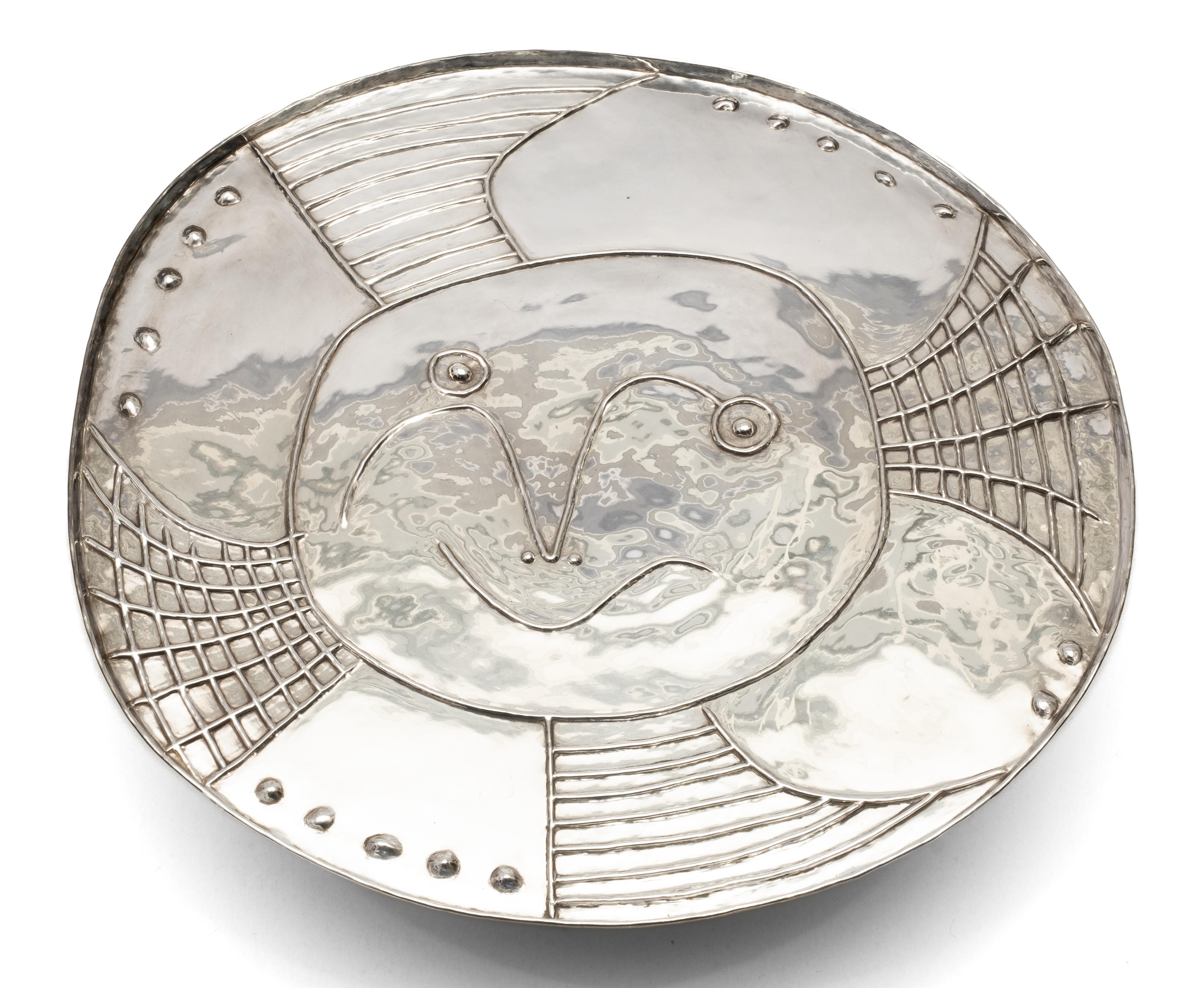
Beschrijving
Stamped with the artist's signature and numbered 'PICASSO I/V (under the rim); stamped with the French silver mark, the silversmith's mark for François and Pierre Hugo and numbered '2216 1430' (on the rim)
a silver repoussé fruit bowl, H 18,5 cm, Ø 53 cm Conceived in 1959 and produced in an edition numbered 1/3 through 3/3 and I/V through V/V plus two exemplaires d'auteur.
Literature:
P. Hugo, 'Bijoux d'artistes', Aix-en-Provence 2001, cat. no. 1430 (another example illustrated on p. 159).
Since the end of 1956 Picasso had been collaborating with acclaimed gold and silversmith François Hugo. Until 1958 they had focused on translating some of Picasso’s ceramic plates into silver, but with a series of drawings of four large, footed dishes (compotiers) Picasso heralded a new process of working in silver. Now Hugo had to rely on a set of two-dimensional drawings instead of an already existing three dimensional object.
No matter how playful Picasso’s compotiers might look, they are the result of strict working drawings, firmly indicating what he wanted. He drew both aerial and side views of each dish and carefully numbered each drawing in roman numerals so that the two views would correspond. The drawings prescribe the overall size as well as the design of these dishes. The four dish designs were all to have different shapes. Three of the dishes depict faces and received names referring to their shapes: round, oval or quatrefoil. Only the fourth has a fish embossed on its top and is thus named Compotier au Poisson. Also the shape of the centrally placed foot was dictated by Picasso: tapering or not, decorated or bare.
Our Compotier Rond has a foot that tapers from top to bottom and is decorated, but it is the top that deserves all our attention. It looks quite comical at first sight, but contains all the deceptive visionary tricks of a real Picasso. Enclosed within a warped circle, we see a great, raised, sweeping line in the form of a ‘V’, like a child would symbolize a flying bird. Just with this one line Picasso is suggesting the nose, the cheeks as well as the eyebrows. At the lowest point of this line, two dots indicate the nostrils. The eyes are formed by simple circles with dots in them to give the beholder quite a piercing look, while the mouth is shaped by an elongated ‘S’ showing a wavering smile.
In between the face and the compotier’s outer edge four patterned areas can be seen, two of which are striped and two chequered. They suggest the sails of a windmill and add a feeling of motion to the dish. Between these sails, there are areas that are left blank but carry rows of embossed dots in the top, reminding us of an old-fashioned shield carried by a knight. Windmills and knights, add them together and the picture of Don Quixote, another Spanish hero, appears for our mind’s eye. Have we stumbled upon a hidden Picasso joke? Being a playful human being, hidden meanings and practical jokes are always part and parcel of Picasso’s work. His very choice of silver as medium might also convey meanings that go beyond his mere technical interest in the material.
Where silver dishes tend to resonate richness and carry all the references to display and privilege, Picasso’s choice to use it for an amorph looking dish with a comical face on top of it was probably a well-intended jab at the rich and famous. As he was living in the ornate villa ‘La Californie’ in Cannes at the time it might be a form of self-irony as well, always considered to be the best of fun in all ages and cultures.
Literature
Art on a Plate, Picasso’s Silver Compotiers’ / Clare Finn, Apollo, May 2007, vol. CLXVI, No. 543, pp. 72 - 76.Pablo Picasso and François Hugo, the work of a goldsmith / Philippe Dufour, La Gazette Drouot, 19 May 2022.
Auteur and Artiste, Differences of Opinion: Picasso’s Collaboration with François Hugo” / Clare Finn, International Seminar “Picasso and Applied Arts” at Museo Picasso Málaga on 17&18 November 202 https://www.youtube.com/watch?v=isazyXMPvV8
Details
- Databanknummer:
- 91861
- Lotnummer:
- -
- Advertentietype
- Archief
- Instelling:
- Venduehuis Den Haag
- Veilingdatum:
- -
- Veilingnummer:
- -
- Stad
- -
- Limietprijs
- -
- Aankoopprijs
- -
- Verkoopprijs
- -
- Hamerprijs
- -
- Status
- Verkocht
Technische details
- Kunstvorm:
- Beeldhouw- en Objectenkunst
- Technieken:
- Object (functioneel)
- Dragers:
- Zilver
- Lengte:
- 53 cm
- Breedte:
- -
- Hoogte:
- 18.5 cm
- Oplage:
- 2216 1430
Beschrijving
Stamped with the artist's signature and numbered 'PICASSO I/V (under the rim); stamped with the French silver mark, the silversmith's mark for François and Pierre Hugo and numbered '2216 1430' (on the rim)
a silver repoussé fruit bowl, H 18,5 cm, Ø 53 cm Conceived in 1959 and produced in an edition numbered 1/3 through 3/3 and I/V through V/V plus two exemplaires d'auteur.
Literature:
P. Hugo, 'Bijoux d'artistes', Aix-en-Provence 2001, cat. no. 1430 (another example illustrated on p. 159).
Since the end of 1956 Picasso had been collaborating with acclaimed gold and silversmith François Hugo. Until 1958 they had focused on translating some of Picasso’s ceramic plates into silver, but with a series of drawings of four large, footed dishes (compotiers) Picasso heralded a new process of working in silver. Now Hugo had to rely on a set of two-dimensional drawings instead of an already existing three dimensional object.
No matter how playful Picasso’s compotiers might look, they are the result of strict working drawings, firmly indicating what he wanted. He drew both aerial and side views of each dish and carefully numbered each drawing in roman numerals so that the two views would correspond. The drawings prescribe the overall size as well as the design of these dishes. The four dish designs were all to have different shapes. Three of the dishes depict faces and received names referring to their shapes: round, oval or quatrefoil. Only the fourth has a fish embossed on its top and is thus named Compotier au Poisson. Also the shape of the centrally placed foot was dictated by Picasso: tapering or not, decorated or bare.
Our Compotier Rond has a foot that tapers from top to bottom and is decorated, but it is the top that deserves all our attention. It looks quite comical at first sight, but contains all the deceptive visionary tricks of a real Picasso. Enclosed within a warped circle, we see a great, raised, sweeping line in the form of a ‘V’, like a child would symbolize a flying bird. Just with this one line Picasso is suggesting the nose, the cheeks as well as the eyebrows. At the lowest point of this line, two dots indicate the nostrils. The eyes are formed by simple circles with dots in them to give the beholder quite a piercing look, while the mouth is shaped by an elongated ‘S’ showing a wavering smile.
In between the face and the compotier’s outer edge four patterned areas can be seen, two of which are striped and two chequered. They suggest the sails of a windmill and add a feeling of motion to the dish. Between these sails, there are areas that are left blank but carry rows of embossed dots in the top, reminding us of an old-fashioned shield carried by a knight. Windmills and knights, add them together and the picture of Don Quixote, another Spanish hero, appears for our mind’s eye. Have we stumbled upon a hidden Picasso joke? Being a playful human being, hidden meanings and practical jokes are always part and parcel of Picasso’s work. His very choice of silver as medium might also convey meanings that go beyond his mere technical interest in the material.
Where silver dishes tend to resonate richness and carry all the references to display and privilege, Picasso’s choice to use it for an amorph looking dish with a comical face on top of it was probably a well-intended jab at the rich and famous. As he was living in the ornate villa ‘La Californie’ in Cannes at the time it might be a form of self-irony as well, always considered to be the best of fun in all ages and cultures.
Literature
Art on a Plate, Picasso’s Silver Compotiers’ / Clare Finn, Apollo, May 2007, vol. CLXVI, No. 543, pp. 72 - 76.Pablo Picasso and François Hugo, the work of a goldsmith / Philippe Dufour, La Gazette Drouot, 19 May 2022.
Auteur and Artiste, Differences of Opinion: Picasso’s Collaboration with François Hugo” / Clare Finn, International Seminar “Picasso and Applied Arts” at Museo Picasso Málaga on 17&18 November 202 https://www.youtube.com/watch?v=isazyXMPvV8
Geen prijsinformatie? Sluit een abonnement af.
Aangeboden kunst
Een selectie uit ons kunstaanbod


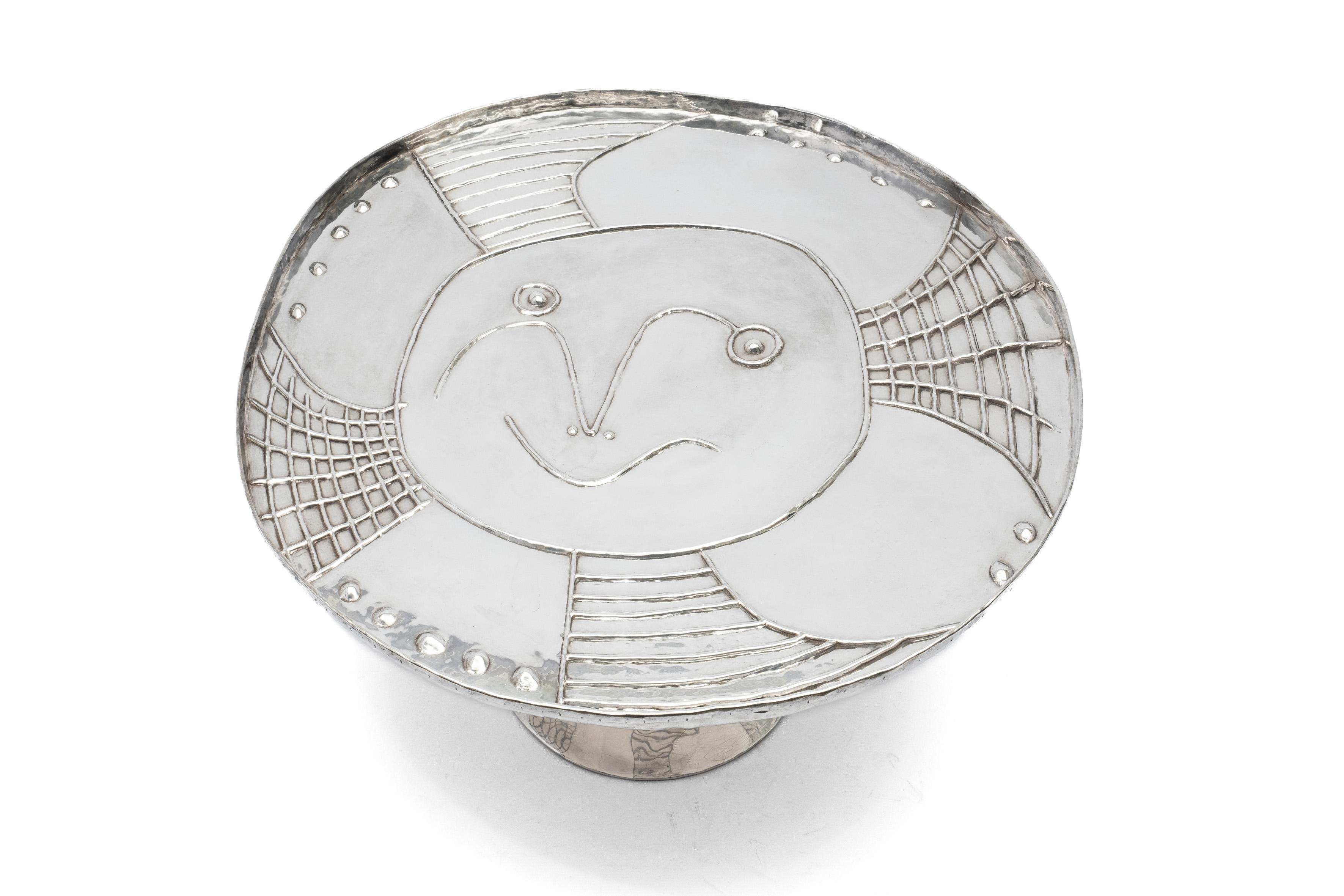
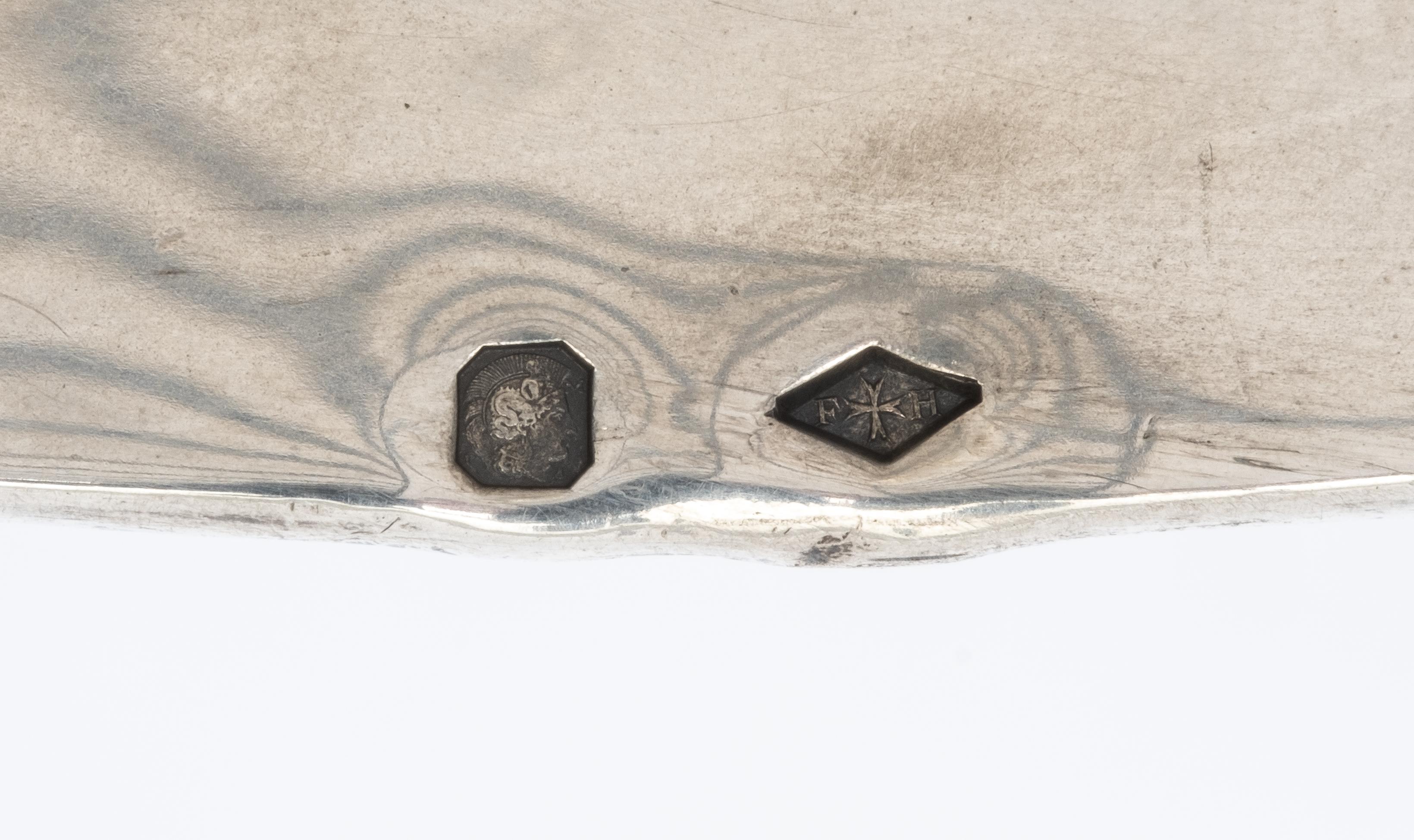
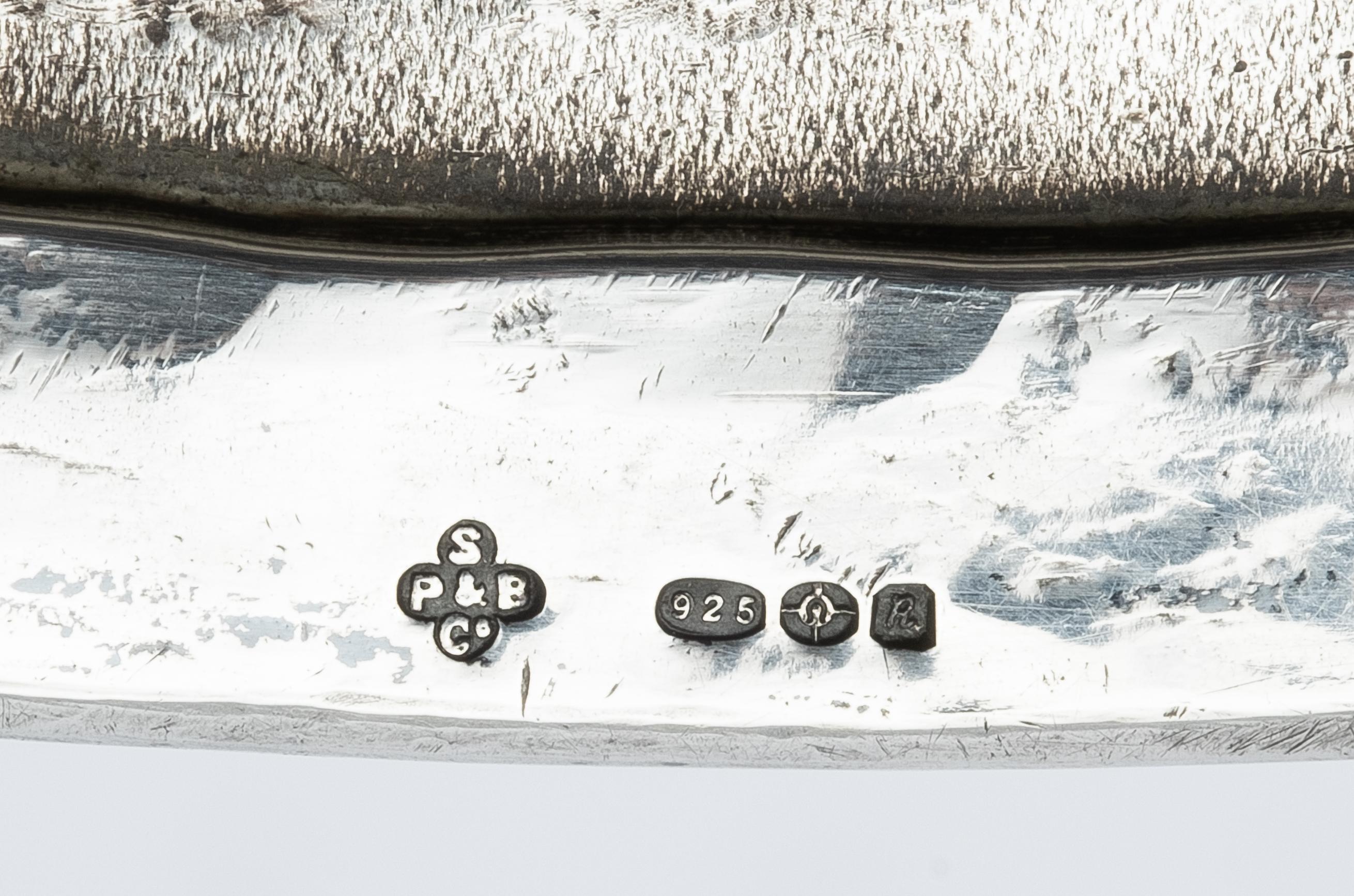
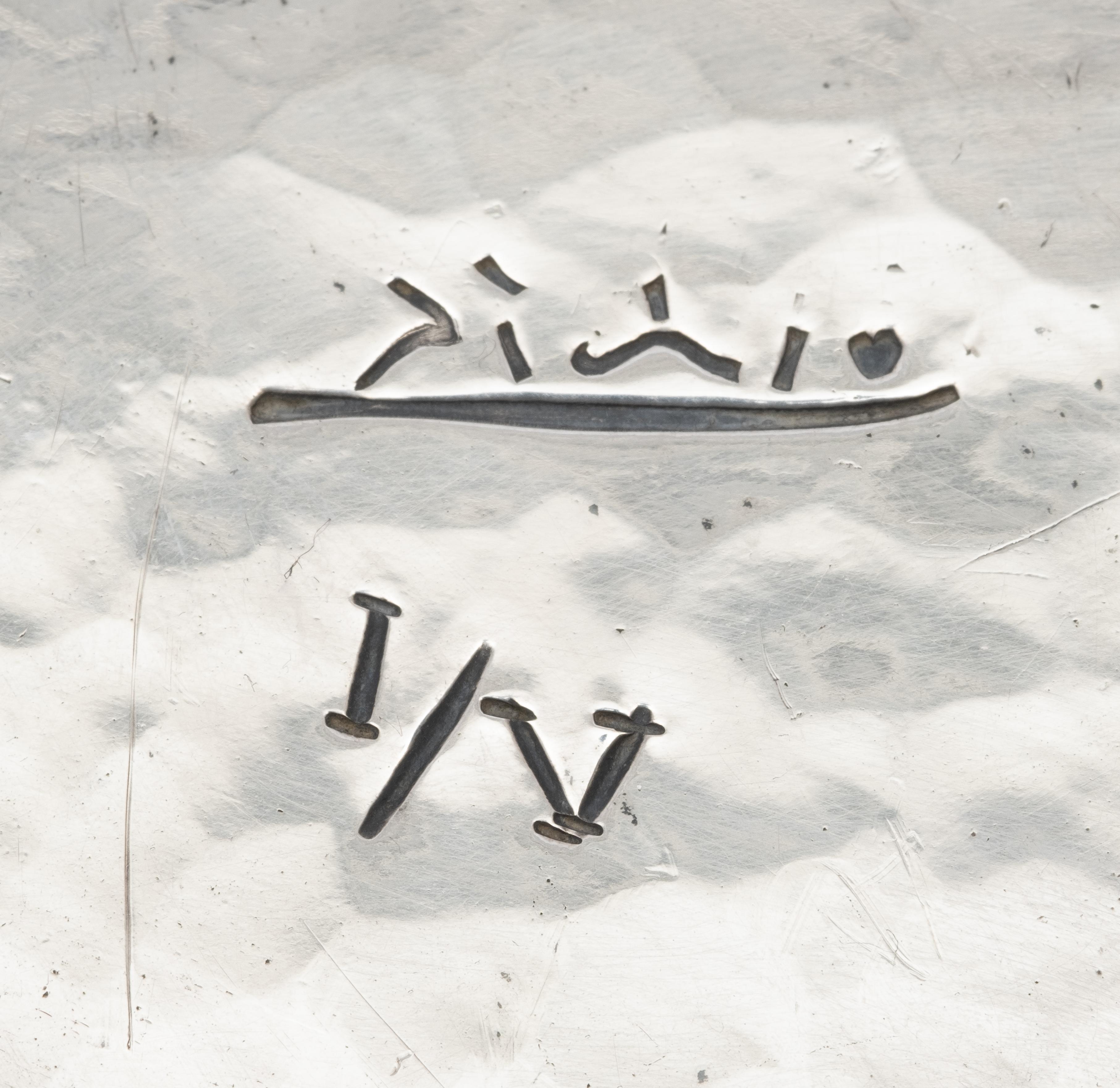
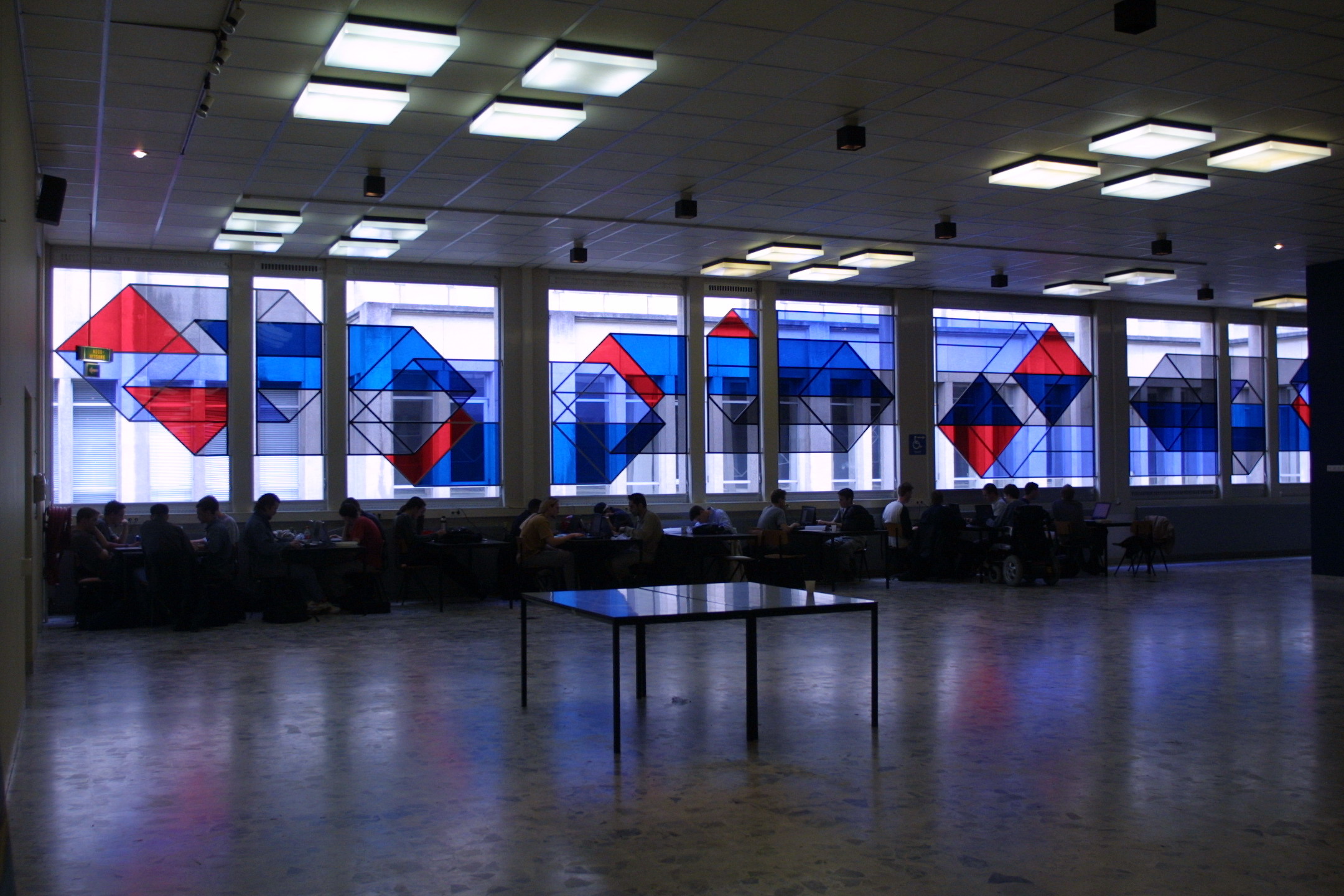

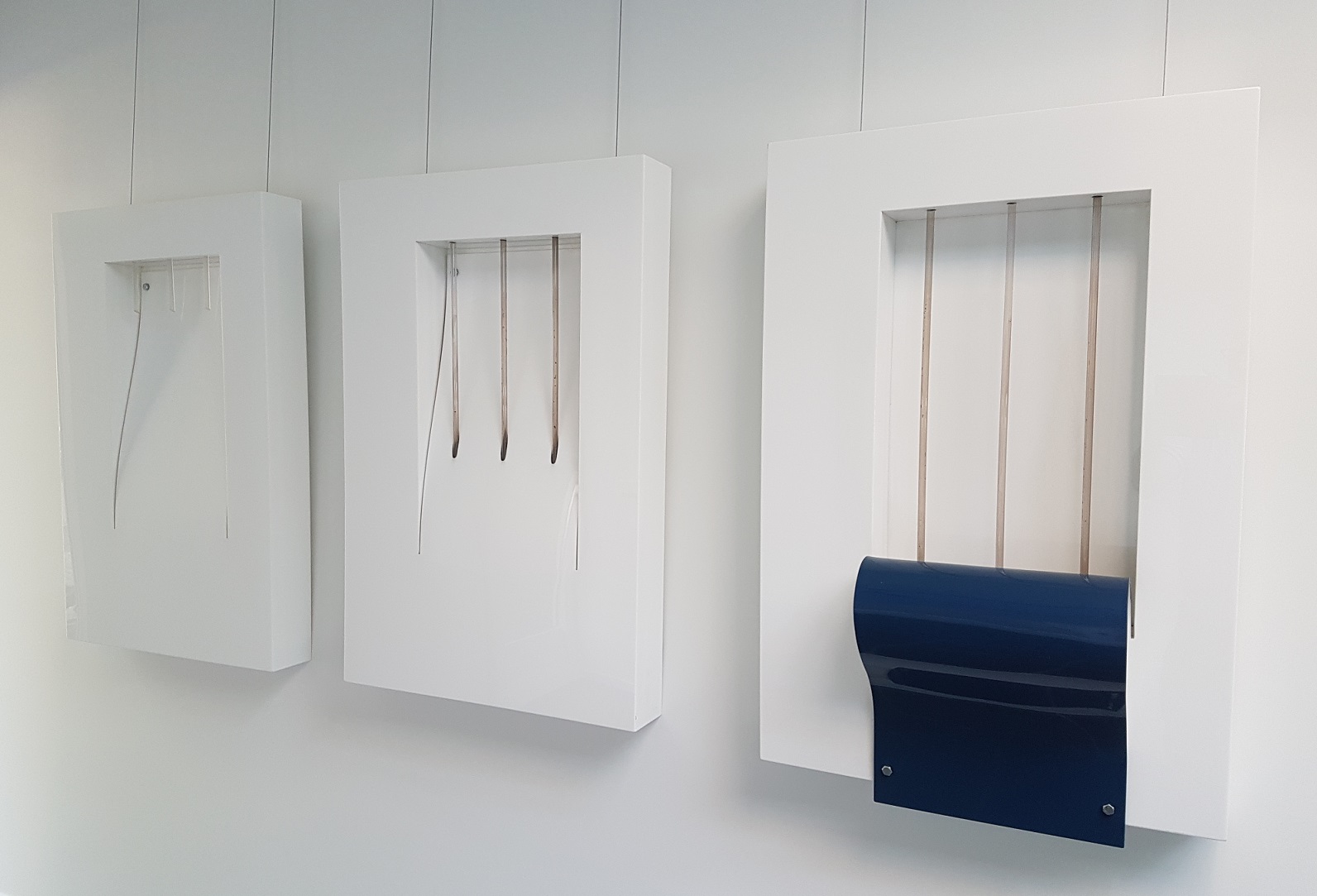
.JPG)